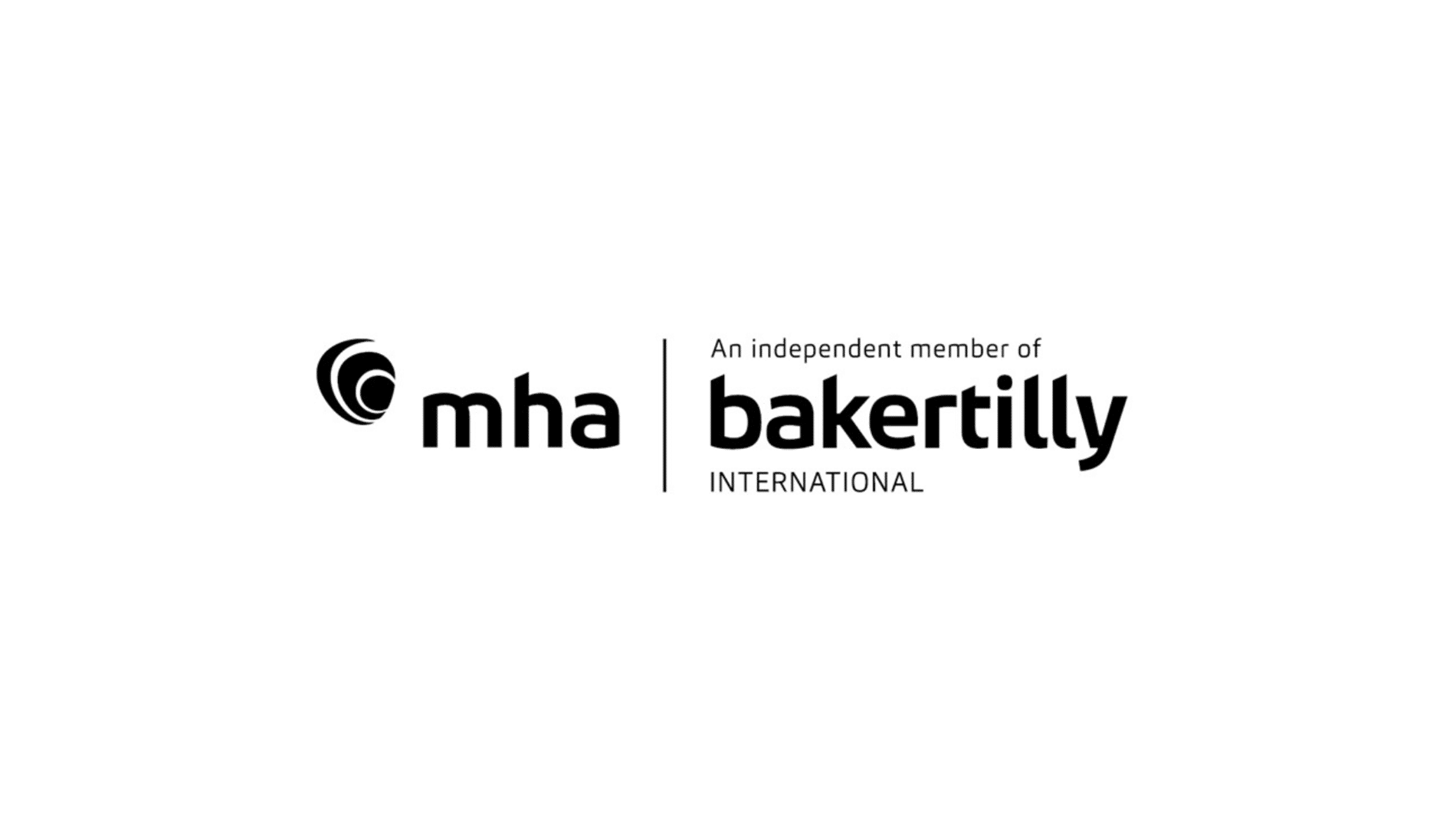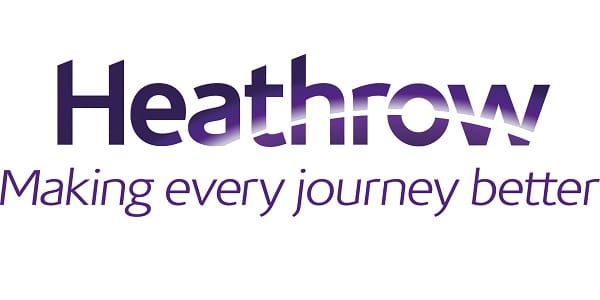












"Very useful in terms of building relationships with local organisations”
Christopher Gay“Unusual venue but really good attendance ! Fantastic organisation as always , very special wines and great food! Thank you Sarah, Niamh, Giorgia and Kate for arranging. what a team!” Martin Gill, Gilbro Group LLP
Martin GillI have only been a member of Surrey Chambers of Commerce for just over a year and I have already made so many new and supportive friendships as well as gained business from members and through referrals. The networking meetings are always professionally run and there are great opportunities to attend industry specific meetings offering advice, training and updates. I’m proud to be part of such a professional organisation.
Travel Tony Travel TonyOur membership of Surrey Chamber of Commerce has been instrumental in the growth of our business. It's opened many doors and so much of our new business can be tied back to a SCC introduction. We recommend joining the chambers to all of our micro/SME clients looking for funding, networking and brand awareness.
Esther Guy Accounting4contractors Ltd"Thanks to Surrey Chambers - and in particular Sarah - we were recently introduced to Tandridge District Council and had the opportunity to deliver a joint AI workshop in partnership with them for local businesses. It’s a great example of the value Surrey Chambers brings through meaningful connections and impact in the community." Billy Clackers, Managing Director at Invotra
Billy Clackers"This was my 3rd year in succession of attending the BWiS IWD event and I'll keep coming back! The mutual support and advocacy was palpable as you walked into the reception area, and remained throughout the event. Rarely have I heard a panel more authentic and thought-provoking with their personal stories that frankly were at times tough to take in. The food was delicious and the company sparky.” Anne Schiettecatte, AMCS Performance Consulting Ltd
Anne SchiettecatteLouise and her team at Surrey Chambers have been and continue to be a fantastic resource for our business. They have been hugely helpful and remain a great asset to not only our business, but also the SME community in Surrey and beyond.
James Morris Trafalgar Marquees"The most interesting and informative networking event I have ever attended in my HR Career. All of the speakers were exceptional - I got so much out of this event.”
Alison DowdsSurrey Chamber of Commerce is in the business of working with businesses, consistently delivering quality events and a great go to for advice
Harvey Ockrim Satteliet UK"One of the standout aspects of my involvement has been the quality of guest speakers the Chambers bring in. For instance, I’ve had the pleasure of getting to know Sven Hughes, CEO of Enigma Strategic Communications. His insights into strategic communications have been both enlightening and inspiring, offering new perspectives on how to approach challenges in my own field of communications. Another memorable Executive Roundtable event allowed me to meet Matt Letley, Co-Chair for B Lab’s "B Local Surrey" group, whose passion for fostering responsible business practices resonated with me and many others at the Roundtable. His guidance on how businesses can work towards certification while also strengthening community ties was invaluable. The Executive Roundtable has given me far more than just professional connections—it’s fostered a space where I can exchange ideas, discuss challenges, and celebrate successes with like-minded peers. Surrey Chambers of Commerce is a pivotal organisation in the local business ecosystem, and being a part of it continues to bring me both personal and professional growth." Paul Zimmerman, COO, INV Group.
Paul Zimmerman Inv Groupramsac have been proud members of Surrey Chambers for over 20 years. During that time we’ve received support in the form of training and business community links, we’ve expanded our local network and we’ve had opportunities to promote our SME IT services to the wider Chamber membership by supporting and sponsoring events and providing keynote speakers to talk about IT and employer issues.
Dan May ramsac“Fantastic event- I felt welcomed as soon as I walked in which was so lovely considering I was the only one from my company and slightly worried about not being able to relate to all the big firms in the room! I felt accepted immediately and the atmosphere throughout the whole event was just lovely. Well done for getting together such an amazing panel- it was incredibly refreshing to have people speak so honestly about their work and why they do it. More than that it was infinitely inspiring and made me realise the power of female leadership to be able to balance compassion with strong will to get things done! Thank you once again- I'm sure everyone in the room felt it was an extremely valuable few hours spent away from their normal lives.”
Frankie GaleIf you are looking for an organisation with a membership of like-minded business owners sharing common interests with a willingness to support colleagues, then in Surrey Chambers you have found what you are looking for. With caveat that yes, you have to put the work in to attend the meetings, thoroughly recommended.
Ges Ray Presentation ExcellenceSurrey Chambers of Commerce, Block E, Dukes Court, Duke Street, Woking, Surrey, GU21 5BH
Surrey Chambers of Commerce is a company registered in England and Wales with company number 3027072 & VAT registration number 644468124.